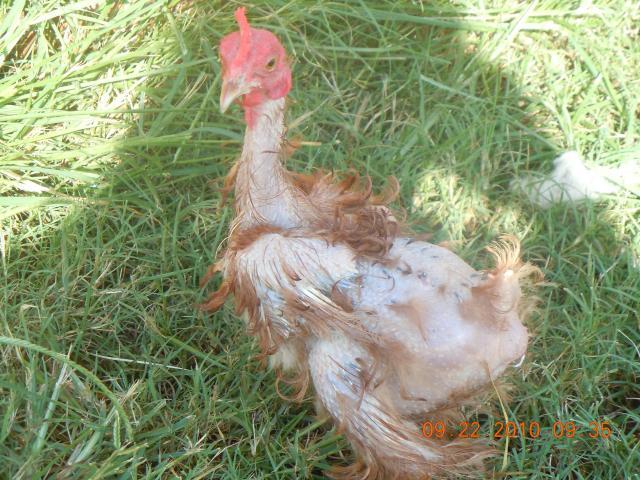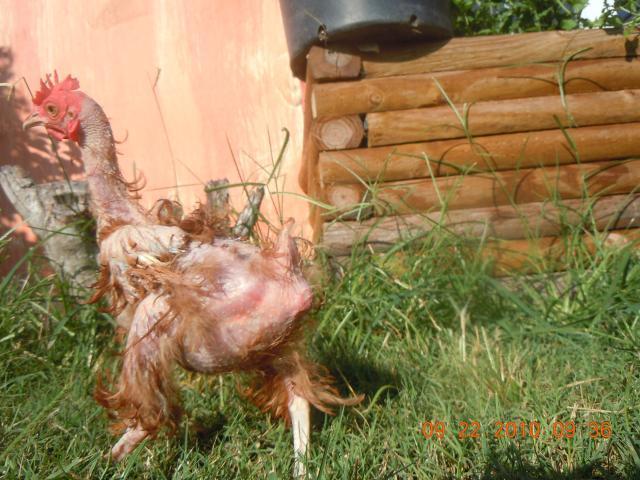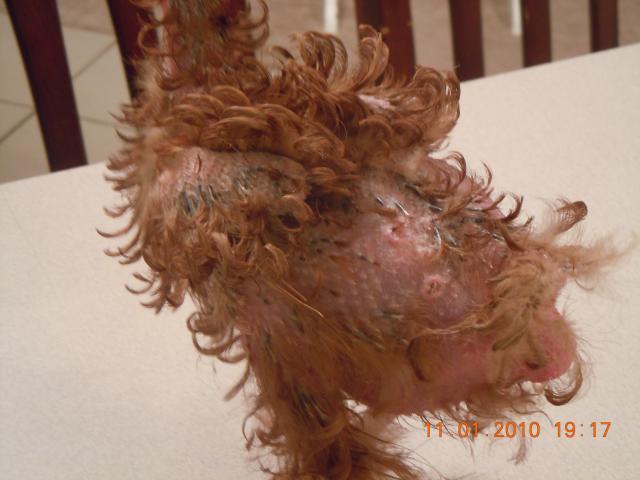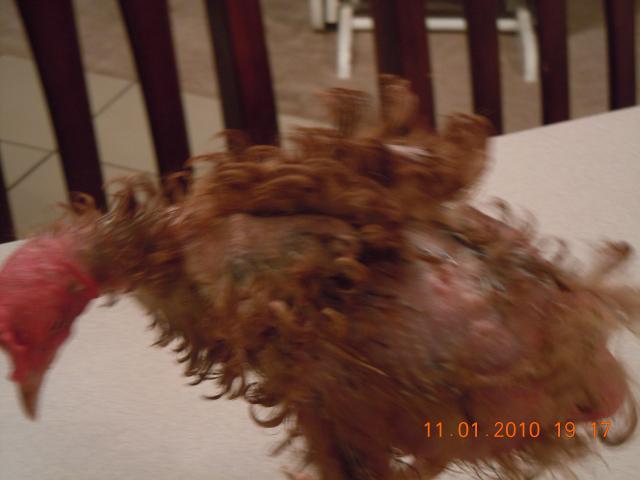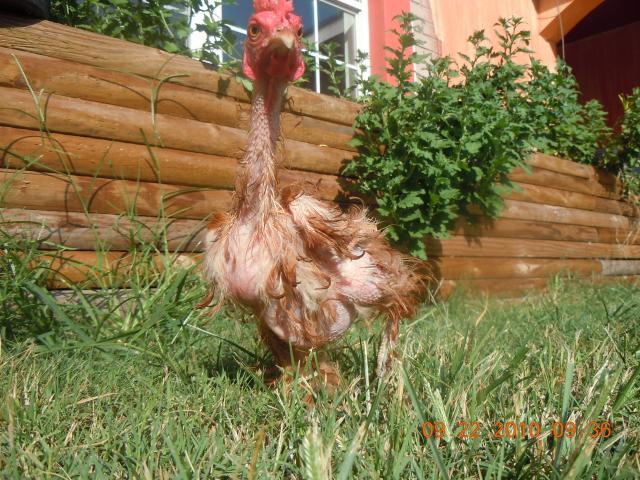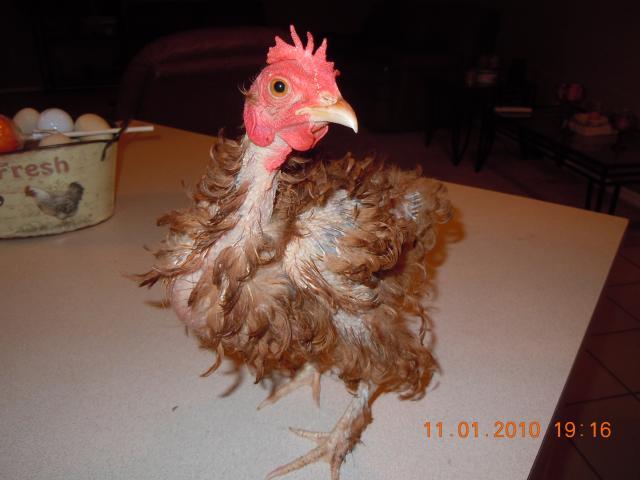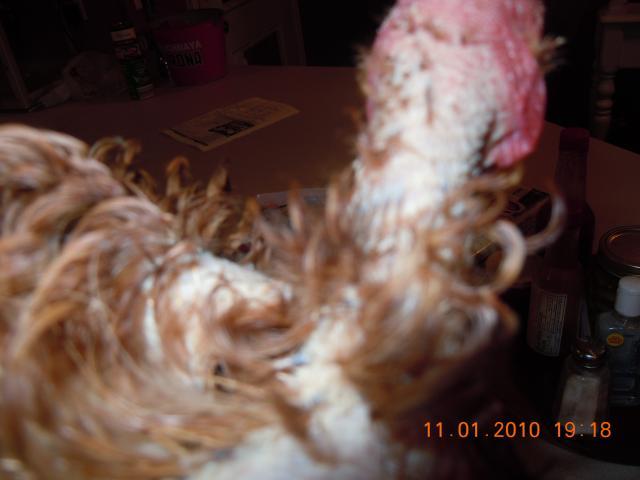Quote:
16mo is a normal time to molt. I don't know what that poster was talking about with mites, because of patches of missing feathers with red skin. That's how my birds always look when molting, and the red skin is caused by the sun. Naked necks have red necks because of exposure to sunshine. Exposed skin turns red. My girls look like that for a little bit, then they feather back out beautifully. If there were mites, they just wouldn't feather back out.
16mo is a normal time to molt. I don't know what that poster was talking about with mites, because of patches of missing feathers with red skin. That's how my birds always look when molting, and the red skin is caused by the sun. Naked necks have red necks because of exposure to sunshine. Exposed skin turns red. My girls look like that for a little bit, then they feather back out beautifully. If there were mites, they just wouldn't feather back out.










